9








| Thumbs Up |
| Received: 8,180 Given: 8,859 |

The other thread got ruined by ButlerKing so here is a new organized one.up
Spirit Cave Man
The Spirit Cave mummy is the oldest human mummy found in North America. It was discovered in 1940 in Spirit Cave, 13 miles (21 km) east of Fallon, Nevada by the husband-and-wife archaeological team of Sydney and Georgia Wheeler.
In 1996 University of California, Riverside anthropologist R. Ervi Taylor examined seventeen of the Spirit Cave artifacts using mass spectrometry. The results indicated that the mummy was approximately 9,400 years old (uncalibrated Radio-Carbon Years Before-Present (RCYBP); ~11.5 Kya calibrated) — older than any previously known North American mummy.
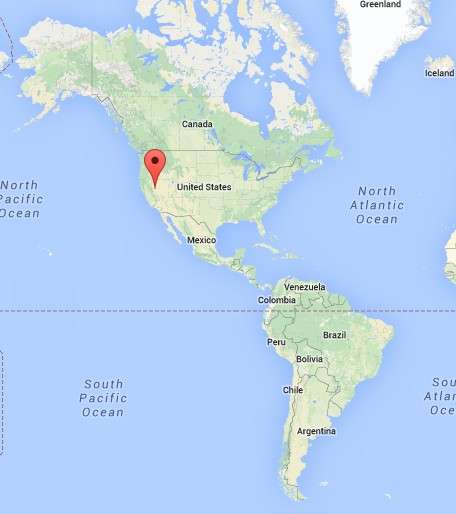
Tepexpan man
The Tepexpan Man is a Pre-Columbian era skeleton, discovered by archaeologist Helmut de Terra in February 1947, on the shores of the former Lake Texcoco in central Mexico. The skeleton was found near mammoth remains and thought to be at least 10,000 years old.
In 2009 a research team proposed that the skeleton should be dated at about 4,700 years old, based on uranium geochronology.
Based on DNA analysis, a Mexican archaeologist has proposed that Tepexpan 'man' was actually a woman.
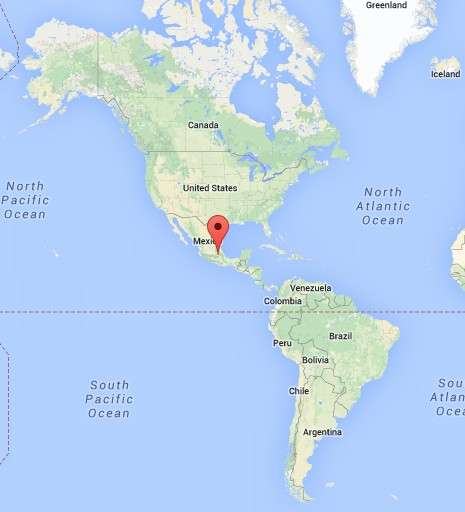
Red Queen of Palenque
The first facial reconstruction of an important Mayan ancestor who died 1,300 years ago. Discovered in 1994, a pre-Columbian tomb in the ancient city of Palenque contained the remains of a woman who came to be known as the Red Queen. Embellished with jewels, gold, turquoise and jade, the tomb dates from about 600 A.D.
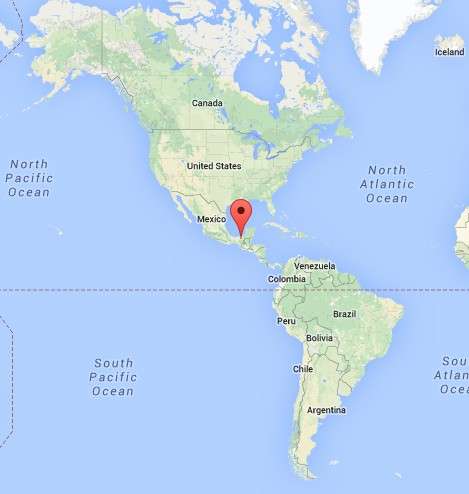
Priestess of Chornancap
Completed forensic facial reconstruction of the Priestess of Chornancap, an elite woman who ruled the coastal region of northern Peru approximately 800 years ago. Researchers of the Hans Brüning National Archeological Museum in Lambayeque, Peru discovered her remains during excavations of the Chornancap pyramid complex in 2011.
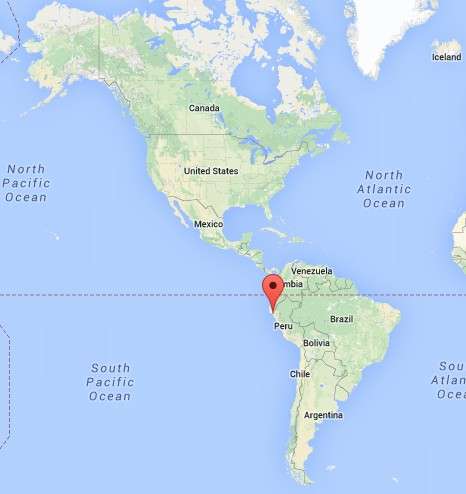
Facial reconstruction of Naia
The remains of “Naia,” the human skeleton found off the coast of the Yucatan Peninsula of Mexico, has been reconstructed by artists to provide a hypothetical image of what she looked like. A clay model of her face was presented in the January 2015 issue of National Geographic Magazine. Naia, Greek for “water nymph,” was discovered by divers in 2007, in an underwater sinkhole called Hoyo Negro (Black Hole), about 20 miles north of the ancient Mayan city of Tolum. Believed to have been a young girl of 15 or 16, Naia apparently fell to her death in the sinkhole sometime between 12,000 and 13,000 years ago and her remains were subsequently preserved as the ocean levels rose and the cave system was flooded after the last ice-age.
The remains of Naia are the most complete ancient skeleton that have been found to date in the Americas. Mitochondrial DNA extracted from the skeleton’s wisdom tooth found it belonged to haplogroup D, found in about 11 percent of living American Indians. This has helped to settle the debate as to whether living Native Americans are descended from Paleoindians (Ancient Indians). Part of the reason there was a debate about this at all, was that early Paleoindian remains did not have Northeast Asian facial features, which was to be expected under the prevailing Bering Strait Theory of early Indian migrations which presumes Indians and Northeast Asians are closely related.
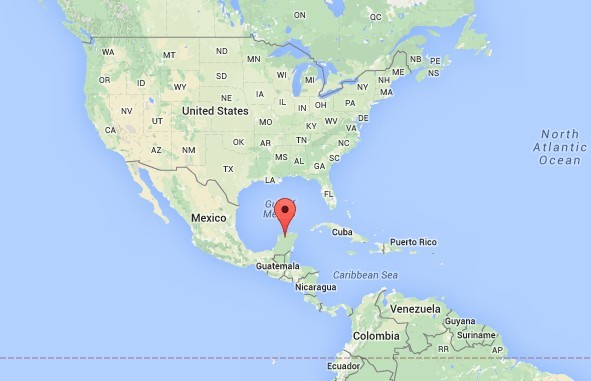






| Thumbs Up |
| Received: 8,180 Given: 8,859 |

La Mujer de las Palmas
Reconstruction of an ancient woman known as La Mujer de las Palmas, based on the skeletal remains of a female who lived between 10,000 and 12,000 years ago in Tulum, Mexico. Experts reconstructed what the woman may have looked like based on the remains found in 2002 in a sinkhole cave near the Caribbean resort of Tulum, Mexico.
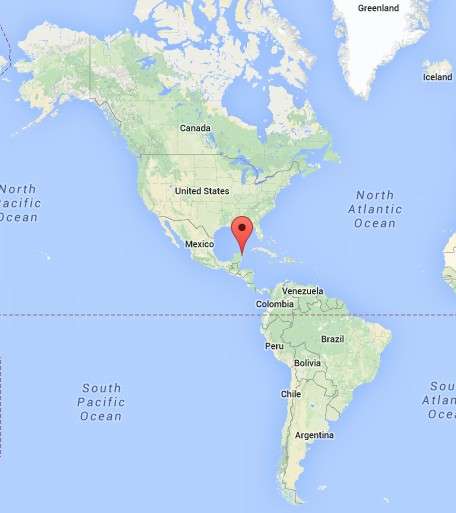
Kennewick Man
Kennewick Man is the name for the skeletal remains of a prehistoric man found on a bank of the Columbia River in Kennewick, Washington, on July 28, 1996.
It is one of the most complete ancient skeletons ever found; bone tests have shown it to date from 7300 to 7600 B.C. A stone projectile was found lodged in the man's hip bone. His anatomical features were quite different from those of modern Native Americans and his relationship to other ancient people is uncertain.
This fixed the age of the skeleton at approximately 9300 to 9600 years (8,400 uncalibrated "radiocarbon years"), not the nineteenth century, as had originally been assumed.
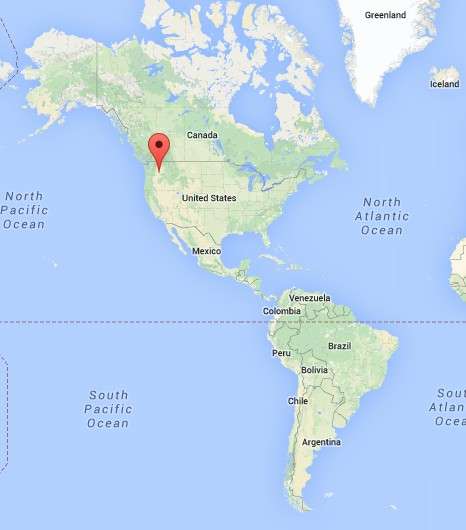
Luzia Woman
Luzia Woman is the name for the skeleton of a Paleo-Indian woman found in a cave in Brazil. Some archaeologists believe the young woman may have been part of the first wave of immigrants to South America. Nicknamed Luzia (her name pays homage to the famous African fossil "Lucy", who lived 3.2 million years ago), the 11,500 year-old skeleton was found in Lapa Vermelha, Brazil, in 1975 by archaeologist Annette Laming-Emperaire.

Horn Shelter Man
Found in Texas, U.S.A.
This facial reconstruction was derived from a reproduction of the adult male's skull discovered at the Horn Shelter by Albert Redder and Frank Watt in 1970. This reconstruction gives us an opportunity to view a likeness of the adult male found at the site. Examination of the skull by Dr. Douglas Owsley of the Smithsonian Institution clearly establishes that the Horn Shelter Man could not be related to the American Indians. A date has been determined for the site of approximately 11,200 calendar years ago. This makes the adult male skeleton found at the Horn Shelter the first known inhabitant of Bosque County.
The facial reconstruction was carried out by artist Amanda Danning with consultation by physical anthropologist Dr. Douglas Owsley. The replica of the skull was crafted by physical anthropologist Dr. James Chatters.






| Thumbs Up |
| Received: 8,180 Given: 8,859 |

Ancient Paraca people from Peru.
Paracas, culture centred on the peninsula of the same name, located in present-day southern Peru in the vicinity of Ica, during the Early Horizon and the Early Intermediate periods (c. 900 bc–ad 400). The Paracas culture’s earlier phase, called Paracas Cavernas, is related to the Chavín culture (c. 1000–400 bc). The pottery of the period is not well-fired and was sometimes painted after firing. The Paracas cultures of the middle Early Intermediate Period (c. ad 1–400) are referred to as the Paracas Pinilla and the Paracas Necrópolis phases. These periods show an improvement in pottery making. The Paracas Necrópolis people were named for and described by the study of cemeteries discovered at Cerro Colorado. The people wrapped the mummified corpses of their deceased, along with funeral offerings, in embroidered cloaks, which are among the finest examples of the art of textile making. The multicoloured designs on these textiles bear a definite relationship to those of painted pottery of the contemporaneous and later Nazca culture. These people also engaged in artificial deformation of the skull by binding the skull in infancy.

















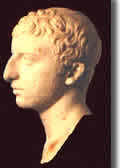



| Thumbs Up |
| Received: 14,012 Given: 11,416 |

The spirit cave skull is clearly Caucasian
Spoiler!














| Thumbs Up |
| Received: 4,131 Given: 4,234 |

The Kennick Man kinda looks like Sir Patrick Stewart. The Paracas look like aliens. How did they survive infancy?






| Thumbs Up |
| Received: 8,180 Given: 8,859 |

Facial reconstruction of a Teotihuacan man.
Some information about the archaeological site where his skull was found:
A famed archaeological site located fewer than 30 miles (50 kilometers) from Mexico City, Teotihuacan reached its zenith between 100 B.C. and A.D. 650. It covered 8 square miles (21 square kilometers) and supported a population of a hundred thousand, according to George Cowgill, an archaeologist at Arizona State University and a National Geographic Society grantee.
"It was the largest city anywhere in the Western Hemisphere before the 1400s," Cowgill says. "It had thousands of residential compounds and scores of pyramid-temples and was comparable to the largest pyramids of Egypt."
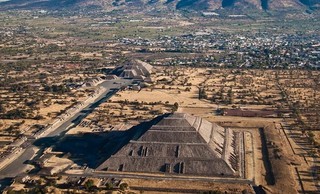













| Thumbs Up |
| Received: 2,819 Given: 5,369 |

Some of those "native americans" look Caucasian Influence, when I mean Caucasian don't mean European but like West asian/central asian type . My theories Is either those Anthropologist were white washing them to underestimate the "white guilt " over European colonization, OR indeed there's so sorta connection to the Caucasian race.
Specially the mujer from Las palmas.










| Thumbs Up |
| Received: 135 Given: 45 |
There are currently 1 users browsing this thread. (0 members and 1 guests)
Bookmarks